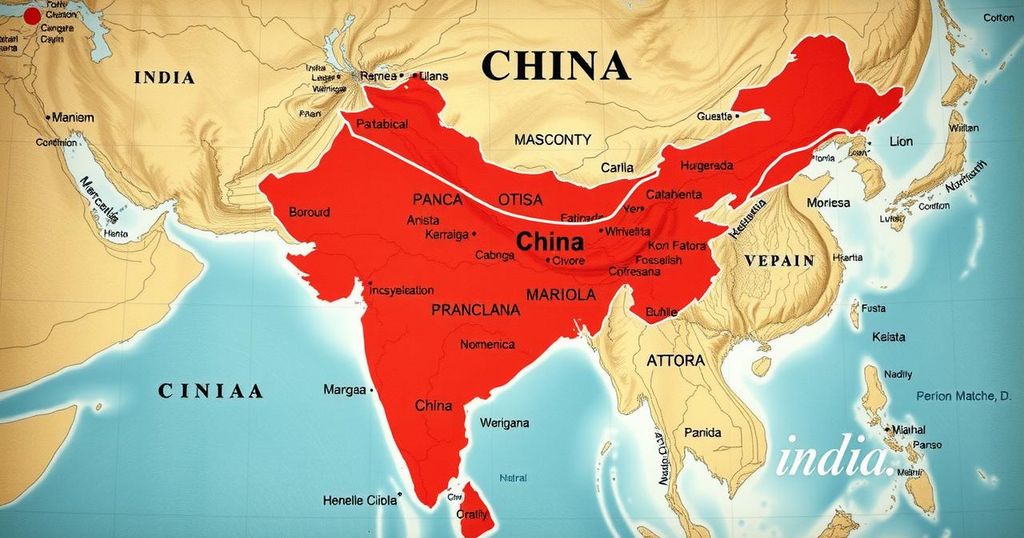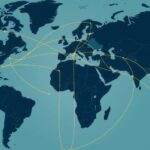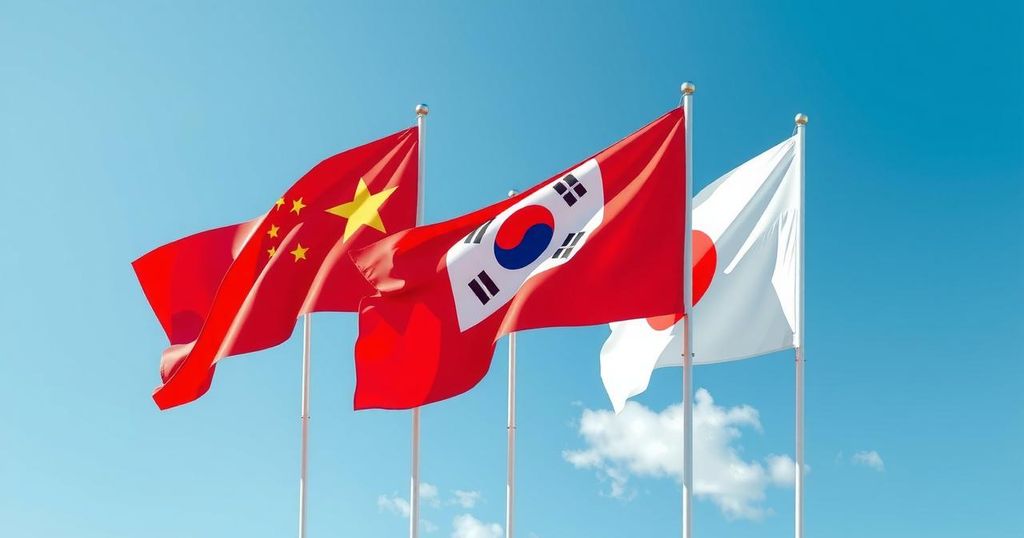US Annual Threat Assessment Identifies Fentanyl Sources from China and India
The Annual Threat Assessment highlights fentanyl as a leading cause of drug-related deaths in the U.S. and identifies Mexico-based transnational criminal organizations as major suppliers. China and India are cited as key sources of precursor chemicals and pill-pressing equipment, exacerbating the crisis and threatening American livelihoods.
The recently released Annual Threat Assessment (ATA) presents a coordinated evaluation by the Intelligence Community regarding various threats to American citizens and interests. Specifically, it highlights fentanyl and other synthetic opioids as the most lethal drugs trafficked into the United States, contributing to over 52,000 deaths in the span of a year up to October 2024. Fentanyl’s potency has been a significant factor in the ongoing epidemic of drug addiction across the nation.
The Trump administration has taken steps to combat the illegal importation of fentanyl, linking these measures to tariff adjustments for certain countries. The report underscores the role of transnational criminal organizations (TCOs) in producing and trafficking significant quantities of illicit drugs, thereby threatening American lives and livelihoods. While Mexican TCOs are identified as the primary suppliers to the U.S. market, the report indicates a concerning connection to state actors in countries like China and India.
According to the report, “non-state groups are often enabled, both directly and indirectly, by state actors such as China and India as sources of precursors and equipment for drug traffickers.” China is noted as the leading supplier of illicit fentanyl precursor chemicals and pill-pressing equipment, followed closely by India, contributing to the drug crisis faced by the United States.
The Annual Threat Assessment reveals the urgent issue of fentanyl and synthetic opioids in the United States, with significant mortality rates attributed to these substances. The role of transnational criminal organizations and state actors in facilitating drug trafficking poses a complex challenge. Efforts to combat this crisis involve not just domestic policy changes but also addressing the international supply chain linked to precursor chemicals.
Original Source: m.economictimes.com








Post Comment